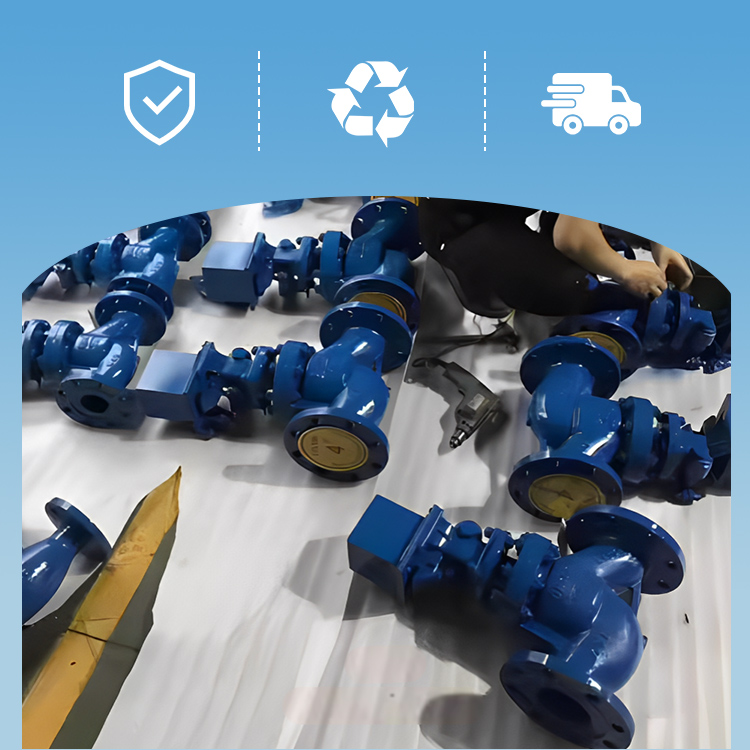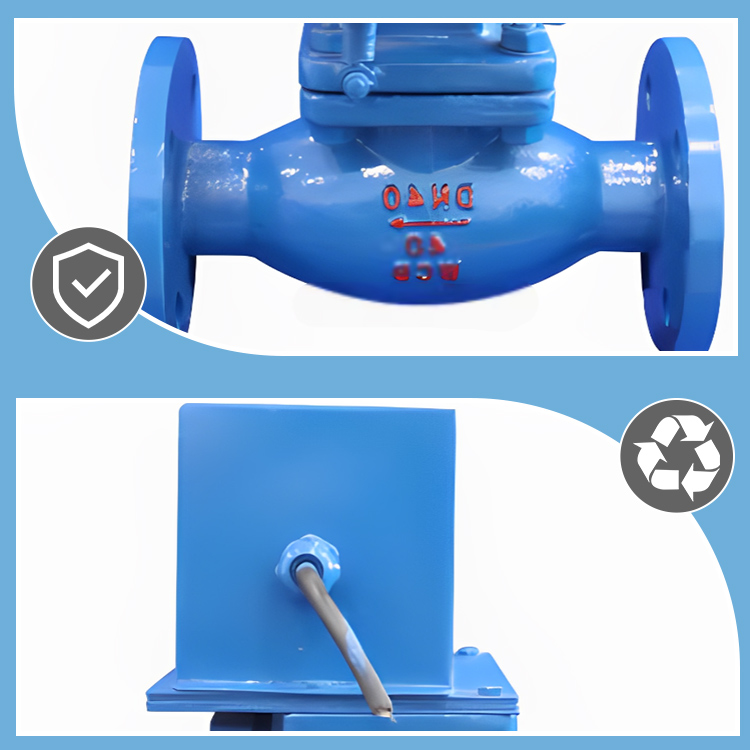The structural design of cast steel flange solenoid valves usually includes main components such as solenoid coils, steel structure valve bodies, seals, pistons, etc. Among them, the electromagnetic coil is the core component that generates electromagnetic force. By energizing, it generates a magnetic field that drives the piston or iron core inside the valve body to move, thereby controlling the opening and closing of the valve. The valve body is usually made of cast steel material, which has good mechanical properties and corrosion resistance, and is suitable for various media environments. Seals are responsible for ensuring the tightness of the valve when it is closed, preventing medium leakage.
Temperature resistant design: Cast steel flange solenoid valves can adapt to high temperature environments, and some products can even work normally at temperatures up to 650 ° C.
Stability performance: These solenoid valves typically have stable performance, with a piston structure that helps maintain long-term reliable operation and coils that are not easily burned out.
Multiple control modes: The cast steel flange solenoid valve can be configured as normally open, normally closed, or self holding control to meet different control requirements.
Diversified connection methods: In addition to flange connections, various connection methods such as welding and internal threads can also be provided to adapt to different pipeline systems.
Suitable for various media: Cast steel flange solenoid valves are suitable for various media such as water, steam, oil, etc., and suitable sealing materials can be selected according to the different media
When selecting the appropriate valve type, it is necessary to consider the properties of the medium, working pressure, temperature, flow requirements, and whether adjustment functions are needed. Cast steel flange solenoid valves, ball valve, gate valves, and butterfly valve each have unique advantages and are suitable for different industrial application scenarios.











